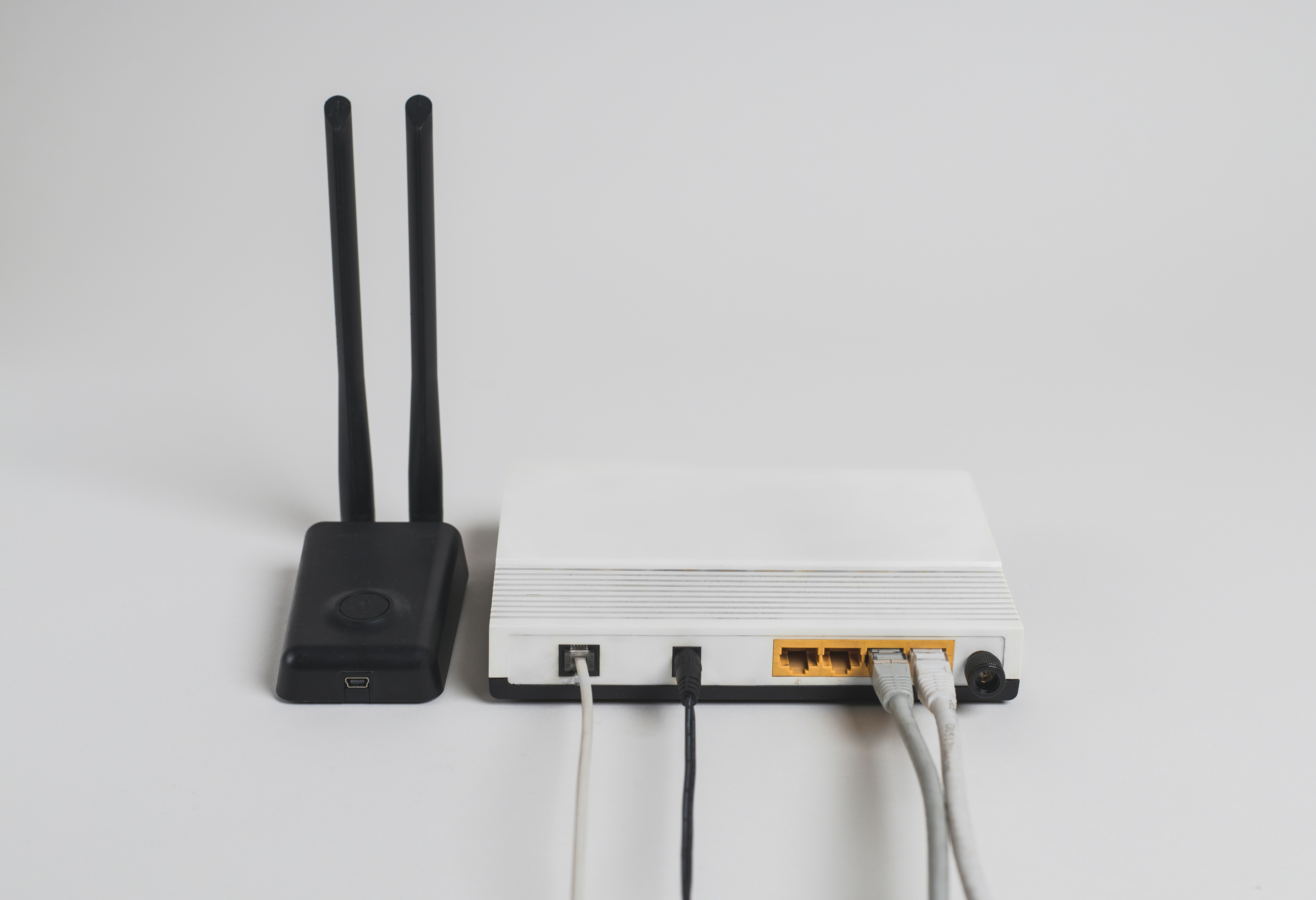Australians are about to get a major internet speed upgrade, but outdated home hardware could leave many households paying for speeds they’ll never see.
From September 14, government-owned NBN Co will ramp up its broadband plans, with 100Mbps tiers jumping to 500Mbps and new “mass market multi-gig” options promising up to 2000Mbps.
NBN chief executive Ellie Sweeney said the initiative, called ‘Accelerate Great’, could help unlock a $400bn economic boost by 2030.
But she warned that the long-in-the-tooth, if still functional, equipment many Australians continue to use was the biggest challenge to delivering on that promise.
“Across the board, we have customers who may not have changed out a modem for 10 years,” she noted.
A Wi-Fi 4 router bought in 2013, for example, maxes out at 100Mbps, far below the new wholesale speeds.

If you’ve got a dodgy connection, the NBN probably isn’t to blame
Even top-end Wi-Fi 7 modems can struggle with signal loss across large or multi-storey homes, raising the prospect that 8K TVs may still pixelate despite higher-cost, premium NBN plans.
“The risk is people are going to be paying for these high speeds, but they’re not going to experience it because their hardware is out of date,” Andrew O’Connor, TPG’s general manager of fixed line, told The Australian.
Research conducted by TPG highlights the problem facing telcos selling high-speed internet.
More than 80 per cent of consumers think telcos are responsible for Wi-Fi strength, with just 13 per cent recognising they need the gear that can handle a high-speed connection.
That disconnect has driven complaints and confusion, which telcos are now seeking to respond to.
For instance, Vodafone is bundling Wi-Fi 7 modems and mesh units with new NBN and 5G plans.
Likewise, Telstra is advising customers to check their hardware and offering free fibre upgrades on eligible services.

